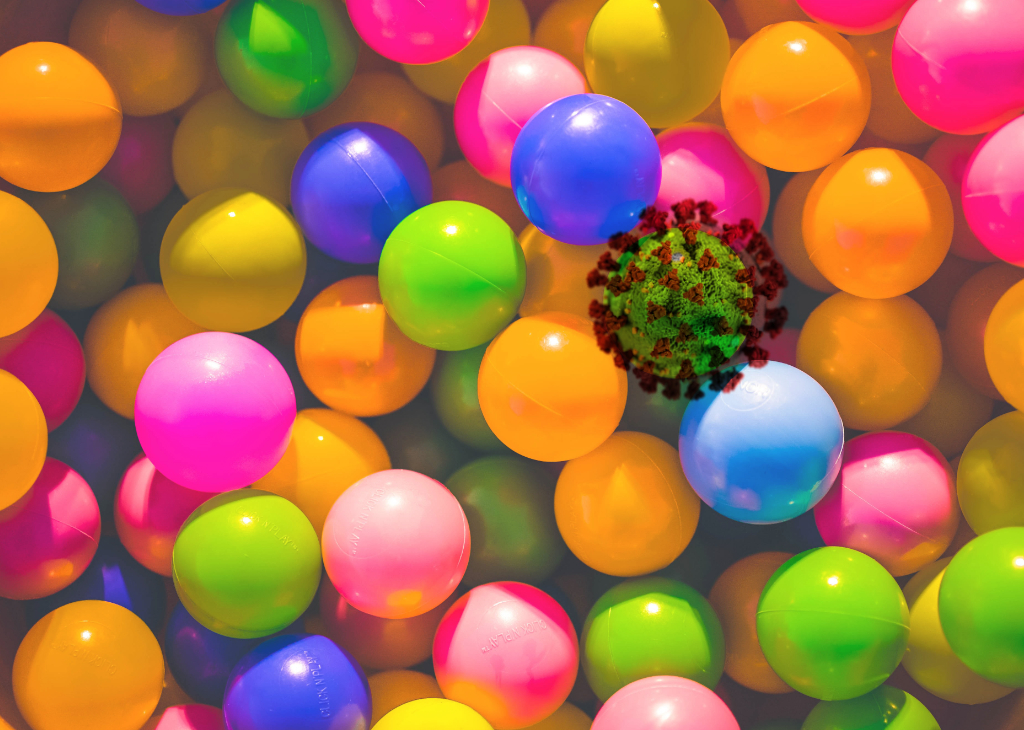The recent spurt in new COVID-19 cases across BC is creating a headache for health authorities, as well as the people in charge of stores, restaurants and bars, or anyone planning to bring people together indoors.
The dilemma is how to allow people to mix in the right way to prevent, or at least limit, interaction with an infected individual.
This summer in BC there have been dozens of people going to parties and bars who have been infected by someone who had COVID-19.
Until a vaccine against COVID-19 is available – and in widespread use – it seems small social bubbles are likely the best plan if people are going to be bringing people together indoors at a very social event.
Simon Fraser University professors Caroline Colijn and Paul Tupper have created a framework they believe can help guide the choice of interventions, whether it’s physical distancing, masks and other barriers to transmission, or social bubbles.
They say the measures used will depend on the level of “mixing” at an event, such as whether an event is static, where more straightforward physical distancing may be effective, or whether there will be a great deal of social interactions where strictly enforced “bubbling” may be the best way to limit new infections.
According to Colijn, who holds a Canada Research Chair in Mathematics for Evolution, Infection and Public Health, “Many organizations are tasked with making arrangements to re-open while attempting to reduce COVID-19 risk in the near-complete absence of information about which measures will be most effective in their particular setting,”
Their study, which has to be peer reviewed, first looked at cases around the world involving COVID-19 transmission to others from a single infected person, and studied the fundamental mathematical relationship between the number of people in contact with an infectious individual.
After reading through the reports of small outbreaks and doing mathematical and statistical modelling, they’ve created the concept of “event R” to estimate how many new cases could result from people attending an event with a single person carrying the virus.
Event R is the expected number of new infections due to the presence of a single infected individual at an event.
What they sought was to understand whether physical distancing, masks and other barriers to transmission, or social bubbles would be the most effective by examining the “fundamental relationship between ‘event R’ and four parameters—transmission intensity, duration of exposure, the proximity of individuals and the degree of mixing.”
Factors considered are the level of crowding expected at an event, the level of mixing and whether people contact mainly their ‘bubble’ of nearby attendees or do they mix more widely, and the propensity for transmission.
The researchers then looked which interventions, from physical distancing to hand washing, are likely to have the most impact under the circumstances.
What they found is that small social bubbles seem to be the most effective. During brief interactions, masks will help, but not for interactions which may cover an entire day or a week or more of indoor contact.
If there is a need to manage an event where there may be a lot of mixing, organizers may want to consider the less well-recognized intervention of putting people into strict “social bubbles” and ensuring they’re are kept within that bubble to reduce mixing.
Event organizers will have no way of knowing if someone carrying COVID-19 will attend, but the study suggests that carefully grouping people into small social bubbles and strictly managing the interactions will minimize the spread of the virus throughout the entire event.
With this research, Professors Colijn and Tupper have sought to create a framework to help resolve some of the uncertainty around the effectiveness of different interventions, which should be useful in considering economic re-opening that includes the most effective measure to reduce COVID-19 transmission.
British Columbia experienced a drop in cases over several months, but the recent spike that began showing up in July has renewed concerns over how to find the best ways to control the spread of COVID-19 as the province moves toward stage three of its restart plan.






